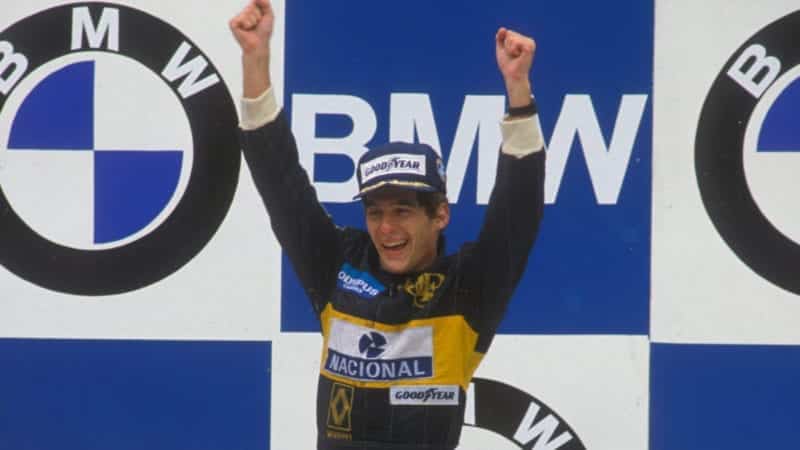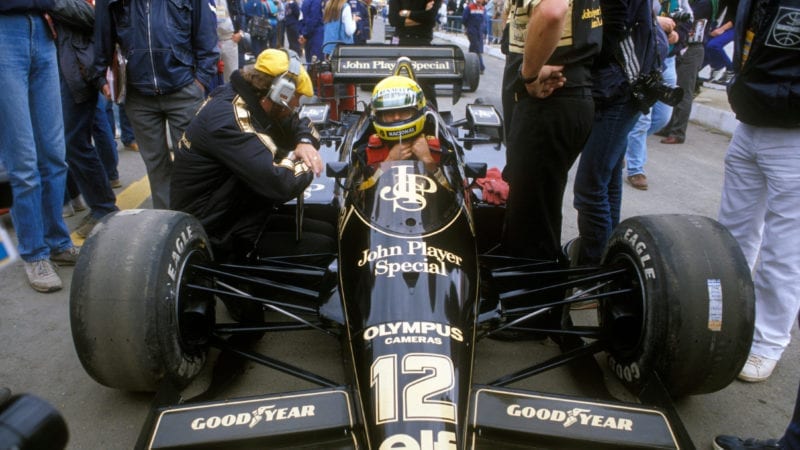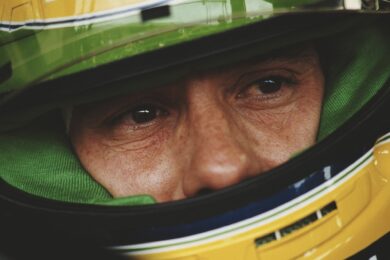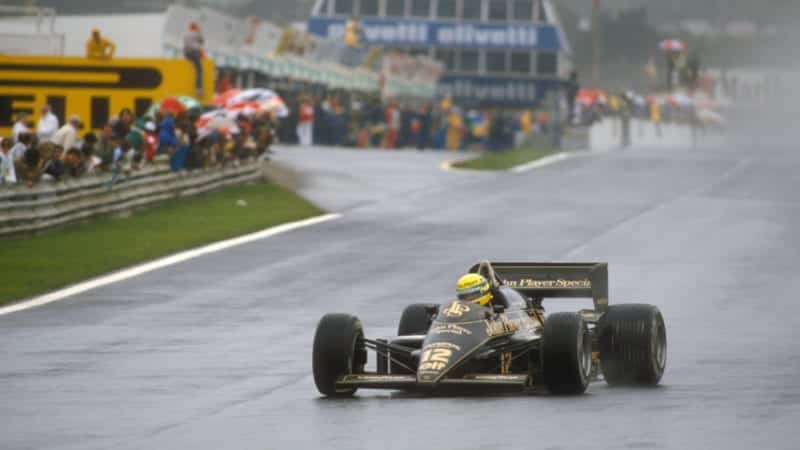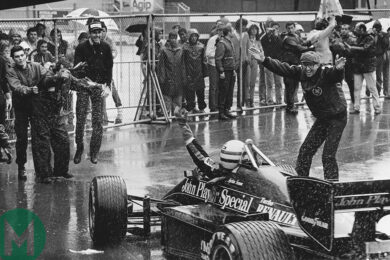An omnipresent and irrepressible Brazilian spelt the beginning of the end for lead Lotus driver Elio de Angelis. Previously the main man at Hethel, Hallam remembers the Italian soon found himself marginalised.
“Elio had been with the team for a number of years. Everybody liked him – super chap.” he says “You only recognise this retrospectively, but Ayrton took Elio’s space. It wasn’t a deliberate thing, it was simply because he was there all the time.
“I think he knew it was going to be a challenge for him, and there was the odd occasion that Elio was there (similar on pace).
“But there was this relentless force in the team that was just consuming all the air – and it was Ayrton. Ultimately, Elio left at the end of the year and went to Brabham.”
“He was so good at maximizing everything to get the absolute best. He was phenomenal.”
Early on however, it was advantage de Angelis who had taken a podium place at the season opener Brazil, as Senna retired with fuel-pump issues.
Come Estoril, Senna seemed to look to assert himself. He put himself on pole with a blistering qualifying time: 0.4sec ahead of Alain Prost and a full 1sec clear of his Lotus stablemate. Senna found he had an innate ability to exploit his Goodyear qualifying tyres’ potential, immediately using it to his advantage. Of his 61 poles, this was his very first.
Hallam explains Senna’s one-lap approach and just what made him so good in qualifying sessions. With no tyre sensors or telemetry, it was all about feel.
